Syllables
E1: Stringing Syllables Together
Hear a word divided into syllables and blend the syllables together into a whole word. This activity will introduce the skill of syllable synthesis.
E2: Snail Speech
Hear words that have been divided into separate syllables, and blend the sounds together into whole words. This is another activity to practice the skill of blending syllables into words.
E3: Feeling Syllables
Feel how your mouth and jaw move with each syllable of a word. This is your child’s introduction to the idea of dividing words into parts called syllables.
E4: Two-Syllable Words, Part 1
Hear a two-syllable word and identify the first syllable, using picture cards as visual clues.
E5: Two-Syllable Words, Part 2
Hear a two-syllable word and identify the first syllable, but without picture clues.
E6: Two-Syllable Words, Part 3
Hear a two-syllable word and identify the last syllable, using picture cards as visual clues.
E7: Two-Syllable Words, Part 4
Hear a two-syllable word and identify the last syllable, but without picture clues.
E8: Two-Syllable Words, Part 5
Hear a two-syllable word and identify either the first or last syllable, using picture cards as visual clues.
E9: Two-Syllable Words, Part 6
Hear a two-syllable word and identify either the first or last syllable, but without picture clues.
E10: Drumming Names
Beat a drum for each syllable in a word or name. Learn to hear and feel the syllables within words.
E11: Clapping Names
Clap your hands for each syllable in a word or name. Reinforce the idea of hearing and feeling syllables within words.
E12: Animal Sorting
Sort picture cards by the number of syllables. Your child will get experience listening for the number of syllables in familiar words.
E13: Syllable Softball
Count the syllables in words to move around the bases of the softball diamond, where each syllable represents one “base.”
E14: Syllable Supper Chart
Place pictures on a chart according to the number of syllables in each word. This will reinforce the child’s skill at listening for syllables.
1. Overview
In the Compound Words games, your child got a preview of the concept of syllables. Now we will dive into a series of games involving words with up to four syllables. Some of the syllables might sound the same as one-syllable words, but many of the syllables sound like nonsense on their own.
So instead of dividing words into units of meaning, as the child did with compound words (where each syllable is a word with its own meaning), your child will now learn to divide words into their individual syllables by feeling and hearing the different parts. Children will also learn how to blend syllables into words.
The ability to divide words into syllables is the gateway to being able to analyze the individual sounds in words. A child who cannot hear syllables will have great difficulty hearing individual sounds (phonemes), which will lead to difficulty with spelling and reading.
2. Syllables Activities
- E1: Stringing Syllables Together – Hear a word divided into syllables and blend the syllables together into a whole word. This activity will introduce the skill of syllable synthesis.
- E2: Snail Speech – Hear words that have been divided into separate syllables, and blend the sounds together into whole words. This is another activity to practice the skill of blending syllables into words.
- E3: Feeling Syllables – Feel how your mouth and jaw move with each syllable of a word. This is your child’s introduction to the idea of dividing words into parts called syllables.
- E4: Two-Syllable Words, Part 1 – Hear a two-syllable word and identify the first syllable, using picture cards as visual clues.
- E5: Two-Syllable Words, Part 2 – Hear a two-syllable word and identify the first syllable, but without picture clues.
- E6: Two-Syllable Words, Part 3 – Hear a two-syllable word and identify the last syllable, using picture cards as visual clues.
- E7: Two-Syllable Words, Part 4 – Hear a two-syllable word and identify the last syllable, but without picture clues.
- E8: Two-Syllable Words, Part 5 – Hear a two-syllable word and identify either the first or last syllable, using picture cards as visual clues.
- E9: Two-Syllable Words, Part 6 – Hear a two-syllable word and identify either the first or last syllable, but without picture clues.
- E10: Drumming Names – Beat a drum for each syllable in a name or word. Learn to hear and feel the syllables within words.
- E11: Clapping Names – Clap your hands for each syllable in a name or word. Reinforce the idea of hearing and feeling syllables within words.
- E12: Animal Sorting – Sort picture cards by the number of syllables. Your child will get experience listening for the number of syllables in familiar words.
- E13: Syllable Softball – Count the syllables in words to move around the bases of the softball diamond, where each syllable represents one “base.”
- E14: Syllable Supper Chart – Place pictures on a chart according to the number of syllables in each word. This will reinforce the child’s skill at listening for syllables.
Leave a Reply


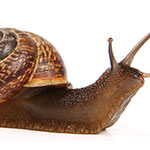

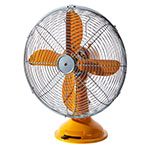

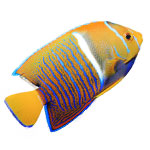
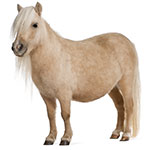
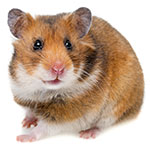

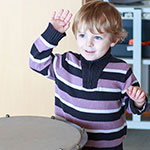
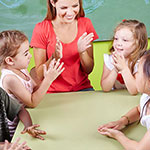
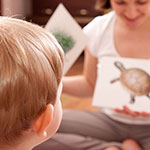
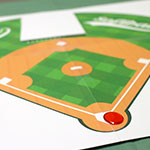
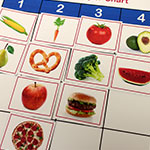
2 Responses to “Syllables”
Ann Marie Mc Donald
I find your techniques are very useful and I will definitely blend them in with the methods that are in use
denise lang
why are syllables so important in learning to read